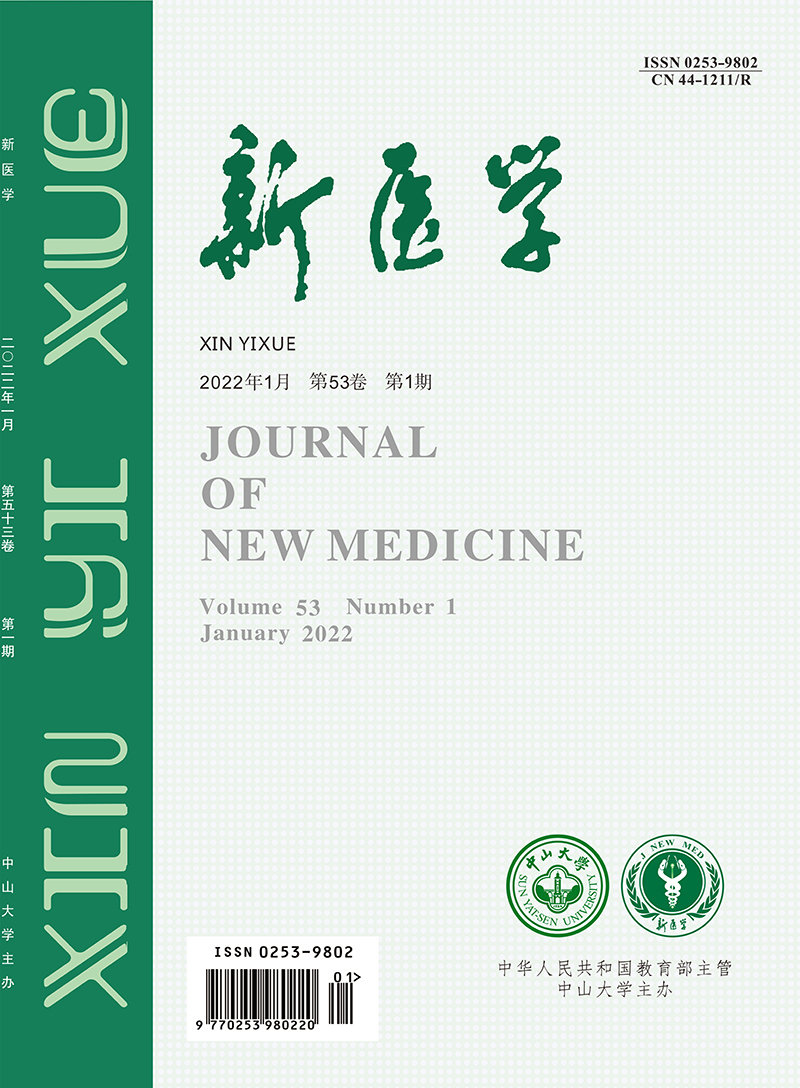内排锚钉缝合桥技术联合传统缝合桥技术在重度肩袖撕裂肩关节镜中的应用
原文服务方:
新医学
摘要:
Objective To evaluate the repair effect of internal row anchor suture bridge technique combined with traditional suture bridge technique in the shoulder arthroscopic repair of severe rotator cuff tears. Methods Sixty-three patients with severe rotator cuff tears who underwent shoulder arthroscopic repair were recruited. Among them, 30 cases receiving internal row anchor suture bridge technique combined with traditional suture bridge technique were assigned into the combination group, and the other 33 cases undergoing traditional suture bridge technology were allocated into the traditional group. The pain [Visual Analogue Scale (VAS)], the range of motion of shoulder joint (flexion, internal rotation, abduction and external rotation), shoulder joint function before and after surgery [Constant-Murley Shoulder Function Score, American Society of Shoulder and Elbow Surgeons Score (ASES)], incidence of re-tear, complication rate and clinical prognosis (Neer score) were compared between two groups. Results The VAS score at postoperative 1 month in the combination group was significantly lower than that in the traditional group (P < 0.05). There was no significant difference in the active range of internal rotation of shoulder joint at postoperative 1 and 6 months between two groups (both P > 0.05), whereas the range of forward flexion, abduction and external rotation in the combination group was significantly larger than that in the traditional group (all P < 0.05). At postoperative 1 and 6 months, Constant-Murley and ASES scores were significantly higher, whereas the Sugaya classification was better in the combination group than those in the traditional group (all P < 0.05). Unhealed wound, persistent swelling, infection and other complications were not observed in the combination group. Neer score at postoperative 1 year indicated that the excellent prognosis rate in the combination group was significantly higher compared with that in the traditional group (P < 0.05).

推荐文章
关节镜下缝线桥与双排锚钉修复肩袖撕裂的疗效观察
关节镜
缝线桥
双排锚钉
肩袖撕裂
疗效
关节镜下肩袖修复联合经结节间沟改良锚钉缝合治疗肱二头肌长头腱合并肩袖损伤临床疗效
关节镜
肩袖撕裂
肱二头肌长头腱
锚钉
关节镜下双排锚钉修复肩袖损伤的疗效观察
部分肩袖损伤
双排锚钉
关节镜
肩关节镜下双滑轮结合双排缝合技术治疗肩袖撕裂
肩袖撕裂
肩关节镜检查
缝合技术
内容分析
关键词云
关键词热度
相关文献总数
(/次)
(/年)
版权信息
全文
- 全文.pdf
引文网络
引文网络
二级参考文献 (0)
共引文献 (0)
参考文献 (0)
节点文献
引证文献 (0)
同被引文献 (0)
二级引证文献 (0)
2023(0)
- 参考文献(0)
- 二级参考文献(0)
- 引证文献(0)
- 二级引证文献(0)
研究主题发展历程
节点文献
肩袖撕裂伤
肩关节镜
内排锚钉压肌腱技术
内排锚钉缝合桥技术
肩关节活动度
疼痛
研究起点
研究来源
研究分支
研究去脉
引文网络交叉学科
相关学者/机构
期刊影响力
新医学
主办单位:
中山大学
出版周期:
月刊
ISSN:
0253-9802
CN:
44-1211/R
开本:
大16开
出版地:
邮发代号:
创刊时间:
1969-01-01
语种:
chi
出版文献量(篇)
9278
总下载数(次)
0
总被引数(次)
35952
期刊文献
相关文献
推荐文献
- 期刊分类
- 期刊(年)
- 期刊(期)
- 期刊推荐

 免费查重
免费查重










